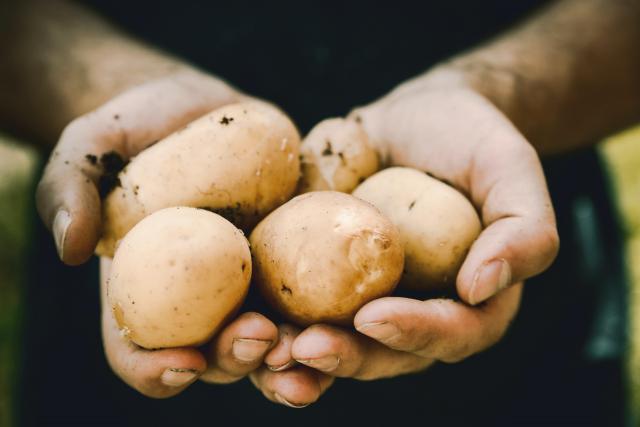Sarah Oliver
People in Moorabool, Melton and across the country are producing and consuming more potatoes than ever before, according to new data.
Hort innovation released the findings on February 16 which show the value of potatoes has climbed by $90.9 million from the year ending June 2020-21.
The data is relevant to Moorabool in particular, which is home to many agricultural farms, including potatoes.
With Moorabool’s economy reliant on agriculture, the uptake in potatoes will most likely help the shire’s economic growth.
Developed by Freshlogic, the annual Horticulture Statistics Handbook includes the latest available data on 75 different categories across fruit, vegetable, nut, nursery and cut flowers.
Hort Innovation Head of Data and Insights Adam Briggs said the rise correlates with Australians buying more potato varieties when they visit retailers, and their use in food service has climbed year-on-year.
“The humble spud has become a bit of a vegetable superstar,” he said.
“From the year ending June 2020 to the year ending June 2021, we’ve seen the value of potatoes climb by $90.9M, and the tonnes produced rise by 5 per cent.”
Mr Briggs said the data showed 87 per cent of Australian households purchased potatoes, buying an average of 1.7kg per shopping trip.
Other insights from the handbook showed the value of fruit was stronger than previous year with a rise in olive production ($99 million), avocados ($56 million), cherries ($47 million) and apples ($41 million).
Over an eight-year period, the volume of raspberries and blackberries has increased more than four-fold, while blueberry volumes have almost tripled.
Despite export disruptions, Victoria remains the largest driver with 46 per cent of total export value.
Mr Briggs said the data reflected the obvious challenges growers faced given global circumstances in the period captured, 2020-21, but there were also many positives including a foodservice recovery.
“Something encouraging is that food service is returning from the lows we saw in 2019-20,” he said.
“For example, fruit food service volume and value has rebounded, and the value is now exceeding pre-COVID levels.”







